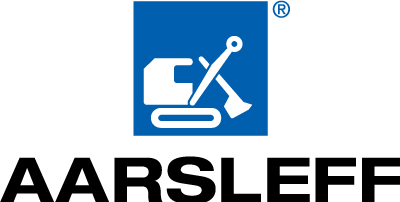3D concrete printing offers more flexibility in achieving more complex layouts, whilst having a lower CO2 footprint than the two main concrete construction methods today, offsite prefabricated concrete and onsite fabricated concrete based on formworks. This is due to the highly controlled deposit of material found with this technology.
The current method of prefabrication of concrete structures is carried out offsite at specialized facilities. However, those facilities are often optimized for the fabrication of mostly rectangular slabs, and the precast concrete requires to be transported to the construction site. The onsite fabrication of concrete structures based on formworks allows for more complex shapes since the surfaces of the shapes are defined by building formworks, i.e. from wood, which is then filled by pouring concrete into the volumes. The manufacturing and positioning of the formworks require a lot of experience and manual effort, and often the formworks can’t be reused.
The first results of 3D-printed family homes demonstrate the advantages of the technology. Whilst there are still some technical challenges to this new method, its ease of use has great implications for the future of construction. This technology is a prominent example of how the introduction of digitalization and robotization solutions can be implemented in construction sites to create more efficiently produced structures.
3D concrete printing works rather similarly to other additive manufacturing processes, i.e. in plastic – the digital model (CAD geometry) of the structure to be printed is “sliced” into layers, and a process head is then commanded to follow the layers, and to deposit material where the digital model defines the volume to be filled. In the case of 3D concrete printing, the digital model can be gained from so-called Building Information Models (BIM), which are the industry standard to describe construction projects digitally. The process head for concrete requires an extruder mechanism that enables a constant feeding rate of controlled amounts of concrete. In order to carry the equipment and the (heavy) materials, the motion of the process head is controlled by an industry-grade robotic system. Here, the choice of industrial manipulators for moving the extruder is better suited to print individual concrete components, e.g. in architecture, due to the limited workspace of such robots. Another approach utilizes gantry structures to allow for moving the extruder over larger areas to cover the whole layout of buildings.









